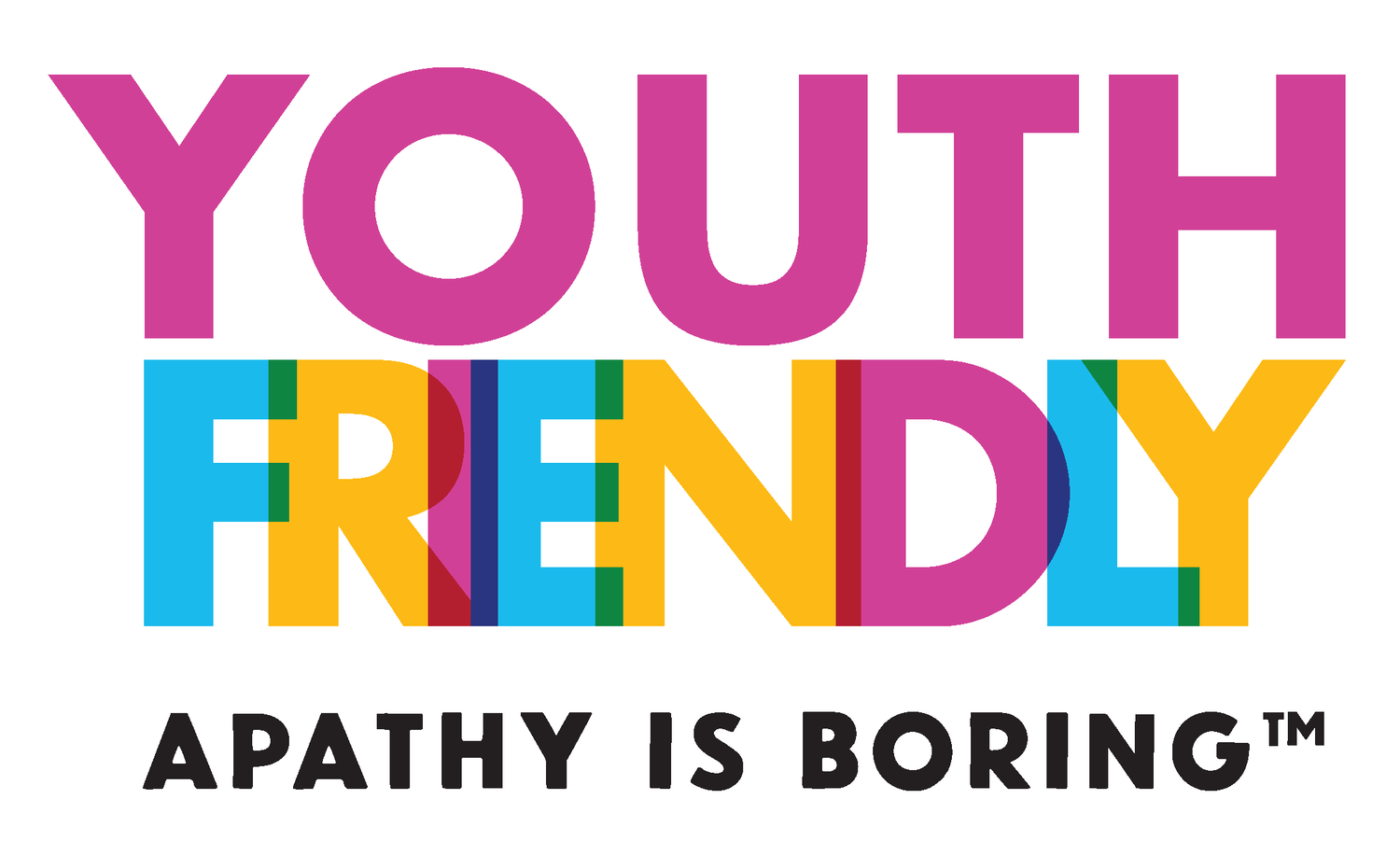What Is Youth-Led Democratic Innovation, And How Did It Play A Part In Canada’s Federal Election?
In the weeks leading up to Canada’s snap federal election, we saw just how much political participation among youth is shifting. The campaign trail preceding the September 20 election brought forth a feeling of stressful uncertainty for young Canadians, to say the least. Nevertheless, young people got involved in innovative ways, beyond what we typically consider when we think of democratic involvement. The 2021 election yielded virtually the same outcome as Canada’s last election in 2019: the Liberal Party ultimately won another minority government, and the Conservatives remain the official opposition. But this election race was very close — demonstrating yet again how crucial every single vote is.
Despite being the largest voting block in Canada, young Canadians are known to have low voter turnout. This election, however, we saw youth political engagement present itself in untraditional ways. Young people are increasingly abandoning formal modes of political participation, and are instead adopting grassroots-level engagement. That’s why it’s important that we shift the way we think about youth involvement. Youth-Led Democratic Innovation (YLDI) is a framework developed by Apathy is Boring that redefines how we think about youth civic participation. It recognizes the different roles young people can take when getting involved in their communities; combining individual action, grassroots community projects and large-scale decision-making. It abandons previous hierarchical structures of political involvement which place too much emphasis on “working up the ladder” to acquire power.
Youth-Led Democratic Innovation provides the flexibility for young people to engage in ways that they feel are appropriate and that they have the capacity for. There are three modes of YLDI. First, youth as movement leaders. This mode is for youth who spark public discourse about an issue that they want to raise awareness for. The second is youth as creative organizers. This is when youth mobilize skills and networks to create community-based solutions. The third is youth as decision-makers. This mode encompasses youth who want to make substantial decisions that impact them, their peers and their communities at large.
This framework supports the idea that one form of participation is not superior to the other — all are important facets of democratic participation. In turn, it allows youth to be more engaged and see the direct impact of their actions. At any given time, youth can switch between different modes, depending on their capacity to engage in a social movement at a certain time. This election period was tumultuous: while a record number of Canadians voted in advance polls, surveys rightfully predicted that the election would be volatile. Despite many Canadians feeling uncertain about who to vote for, we saw YLDI in action. One of the many ways youth got involved in this election was through social media. Internet discourse has become a major resource for young electors, and politicians used social media to their advantage by making it a primary method of communicating and engaging with Canadian youth. By tapping into this type of youth engagement, elected officials showed they are starting to understand that young people need to be reached differently.
Now that the election has come to an end, youth are looking ahead at how the federal government will address important issues in Canada like climate change, housing affordability, and getting through the fourth wave of the COVID-19 pandemic. The stress of these issues weighs on young Canadians in unique ways as we think about our collective future. The election proved that politicians are on a path to engaging young people in innovative ways — and as we move forward, it’s important that institutions don’t lose that connection with youth and continue to support them. That means members of older generations in positions of influence — like elected officials, CEOs, and educators — need to keep the momentum of trust and engagement going. As members of powerful institutions/organizations, it is important to reflect on how you can keep youth top of mind post-election. Young Canadians deserve to see intentional youth outreach carry through past the election and campaign trail. This requires fostering space and support for YLDI in your organization, by listening to young people, involving them in important discussions, and giving them actual decision-making power.

